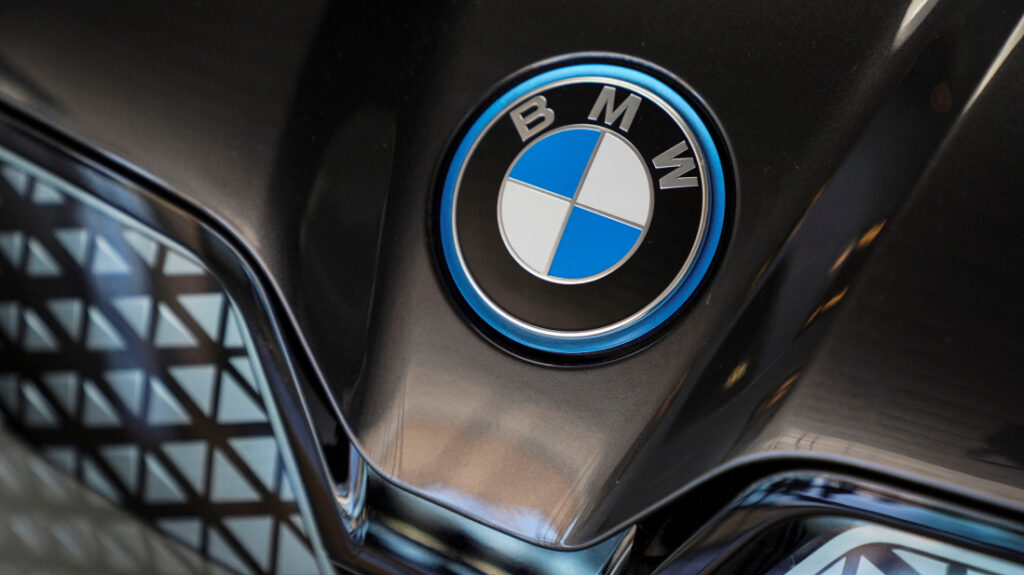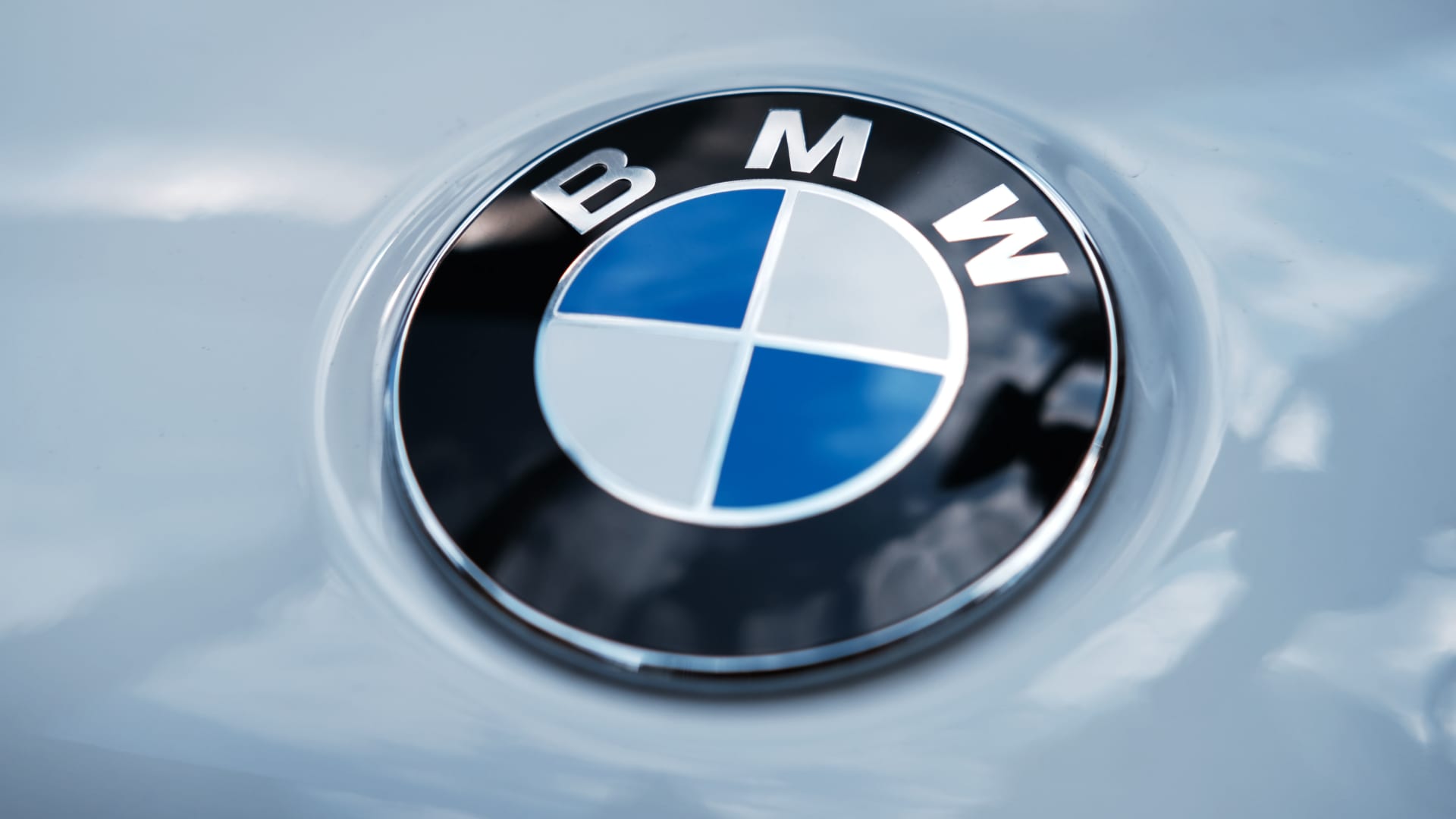The automotive industry has been navigating unprecedented trade tensions since 2018, when the U.S. imposed a 25 percent Section 301 tariff on imported cars. For BMW, which exported more value to the U.S. than any other brand in 2024, these levies have significantly affected margins and pricing strategies. In a recent earnings call, CEO Oliver Zipse became the first major automaker chief to publicly forecast that these tariffs will be reduced from July 2025, offering a glimmer of hope for the prestige car segment stuck between geopolitics and consumer demand. This article covers:
- The history and mechanics of U.S. auto tariffs
- Key insights from BMW’s leadership on tariff relief
- How lower tariffs will impact BMW’s 2025 outlook
- Implications for U.S., Indian, and high‑net‑worth buyers
- Comparisons with competitors’ strategies
- Actionable recommendations for stakeholders
Why U.S. Tariffs Matter for BMW and Consumers

Since March 2018, the U.S. government’s 25 percent tariffs on foreign car imports have aimed to protect domestic manufacturing but have also raised prices for consumers and compressed automaker margins. Key effects include:
- Higher sticker prices: Tariffs are generally passed onto buyers, making luxury models up to 10 percent more expensive in the U.S. market.
- Margin pressure: Luxury brands saw significant EBIT declines amid the tariff regime, though some have managed to mitigate the impact through flexible pricing and strong local production.
- Supply distortions: Counter‑tariffs and anti‑subsidy measures in other regions further complicate global trade dynamics for models like electrified SUVs.
Understanding these dynamics is crucial for businesses planning inventory, pricing strategies, and customer communications through 2025.
Key Statements from BMW Chief Oliver Zipse
Forecast for Tariff Relief
BMW’s finance chief noted that internal analyses and ongoing policy discussions point toward a U.S. tariff reduction beginning in July 2025. Oliver Zipse reinforced this in the earnings call, highlighting that negotiations are progressing positively.
Rationale Behind the Prediction
- Political shifts: Incoming U.S. administration focus on economic growth and job creation.
- Domestic production: BMW’s major expansion in its Spartanburg plant demonstrates commitment to “Made in USA.”
- Global negotiations: Ongoing WTO consultations and bilateral talks indicate a trend toward eased automotive tariffs.
Impact on BMW’s 2025 Financial Outlook
Despite tariff headwinds, BMW reaffirmed its 2025 targets:
- Earnings Before Tax (EBT): Projected on par with 2024 levels.
- Operating Margin: Forecast at 5–7 percent for the automotive division, down from early‑year peaks but above analyst estimates.
- Q1 Performance: Strong EBIT driven by robust order books and cost optimization; Q2 will reflect full tariff impact, with relief from July expected to offset later‑year pressures.
How Tariffs Affect Car Prices and Demand

What Are Section 301 Tariffs?
Section 301 tariffs are unilateral measures under U.S. trade law allowing retaliation against unfair trade practices. In this case:
- 25 percent on autos and parts from major trading partners since 2018.
- Additional levies on steel and aluminum have seen partial exemptions.
Consumer Impact
- Price increases: Average new-car transaction prices rose significantly from 2018–2024, partly due to these tariffs.
- Shift to domestic models: Higher costs nudged some buyers toward U.S.-built vehicles, though luxury buyers often still choose imported brands for features and prestige.
Industry Response
- Local production ramp‑up: BMW expanded its U.S. plant capacity in 2024 to produce key SUV models domestically.
- Price adjustments: OEMs fine-tuned regional MSRPs to balance margin and market‑share goals.
What This Means for U.S. and Indian Buyers
U.S. Buyers
- Lower out‑of‑pocket costs: A full 25 percent tariff reduction could translate to savings of $5,000–7,000 on an average BMW model.
- Improved leasing rates: Tariff relief may lower residual‑value adjustments, benefiting lease customers.
Indian Buyers
- Export landscape: India’s own high import duties mean shifts in BMW’s global production priorities could indirectly affect local CKD and CBU pricing.
- Currency interplay: A stronger rupee against the euro in mid‑2025 could further soften import costs for Indian luxury‑car buyers.
Comparing with Competitors
| Automaker | Q1 2025 EBIT Change | Tariff Outlook | Guidance Status |
|---|---|---|---|
| BMW | –25 percent | Relief from July | Maintained |
| Mercedes‑Benz | –41 percent | Uncertain | Withdrawn |
| Ford | N/A | Uncertain | Suspended |
| Stellantis | N/A | Uncertain | Suspended |
BMW is the first major brand to publicly commit to a July 2025 relief timeline, signaling confidence in political outcomes.
What to Expect from July 2025 Onwards
FAQ: When Will Tariffs Change?
Q: When will U.S. auto tariffs be reduced?
A: BMW anticipates a tariff reduction effective July 1, 2025, pending final government action.
Q: Which models benefit first?
A: U.S.-built models (e.g., X3, X4, X5) will see immediate price relief; imports follow after regulatory updates.
Actionable Strategies for BMW and Stakeholders

- For BMW: Accelerate U.S. plant investments; launch targeted “Made in USA” campaigns post-July.
- For Dealers: Pre-book inventory adjustments in June; train teams on tariff‑savings messaging.
- For Consumers: Delay non‑urgent purchases until after tariff relief; compare leasing vs. buying scenarios.
- For Investors: Monitor trade announcements in June; focus on automakers with strong U.S. footprints.
Conclusion
BMW’s prediction of lower U.S. auto tariffs from July 2025 marks a pivotal moment for premium carmakers, buyers, and investors alike. By maintaining its financial outlook despite headwinds and leveraging its strong U.S. manufacturing base, BMW aims to mitigate margin pressures and deliver better pricing. Consumers, dealers, and stakeholders can prepare by monitoring policy updates, timing purchases, and refining strategies to capitalize on the upcoming relief. Have questions or insights? Share your thoughts below!
Visit newsnominal for more information and to join the revolution in vehicles.








